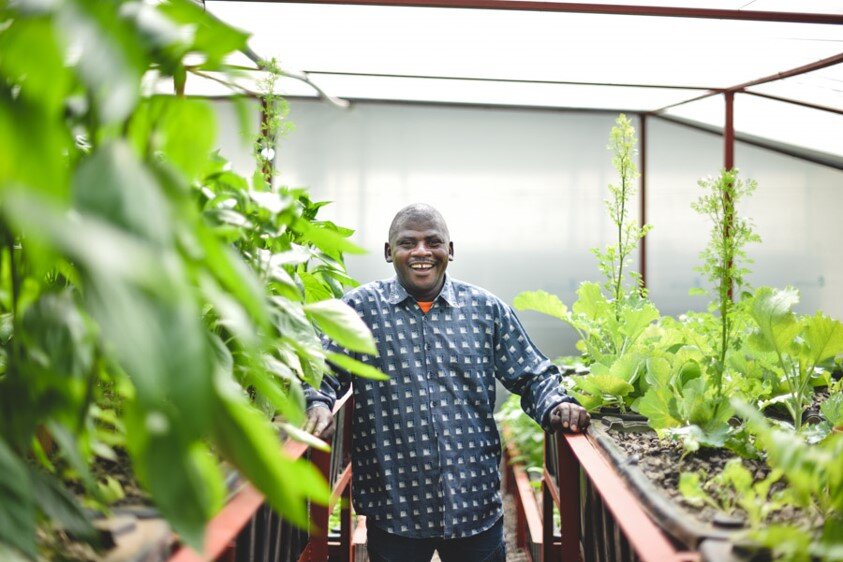Kipkaren, Kenya
Location: Kipkaren, Kenya (Western region)
Date: October - November 2017
Project type: New Aquaponics System Construction
Partners: Empowering Lives International (ELI)
Size and Capacity:
60’x 35’: Greenhouse and shade house footprint
32,000+ liters: recirculating system (8500 gallons)
4/5000 liter: plastic fish tanks
4/1000 liter: deep water filtration growbeds
2/500 liter: individual sump tanks
12/500 liter: media growbed filtration
4000-6000: Tilapia fish, growing for harvest
2000 plants: Vegetables that continuously yield crops all year
Kenya statistics:
U.S.Dept. of State: Tier 2 Watchlist
Total population: 50,353,193
Victimization: Poverty, hunger, HIV, orphans; labor and sex-
trafficking, child prostitution, genocide, child soldiers
Details
Along the rural banks of the Kipkaren River, Empowering Lives International (ELI) provides a place of refuge and safety within the rural community. ELI has been actively working in Kenya for over 10 years where they provide safe homes for children and sustainable options for young people and their communities. ELI also offers vocational training, an established alcohol treatment- education program, fish ponds, and an extensive agriculture and horticulture program. At ELI homes, over 130 children are currently fed, housed, educated, and loved. Likewise, over 30 local people are regularly employed to assist in training and running these sustainability-
focused programs. ELI is empowering generations of young people with knowledge and resources to meet their own needs and the needs of their communities and families.
The newly constructed Aquaponics System fits into the existing infrastructure and theme of ELI. We are confident that this system will be used in effective and innovative ways to further strengthen this life-changing place. It will be a valuable resource for ELI as they continue to provide care for the children of Kenya. Before our team left the region, ELI reported their first harvest of vegetables which were distributed to the homes for meals. Construction of this farm means fresh produce, regardless of rain or irrigation availability, and higher density fish stocking that will provide more protein-filled meals to the homes.

